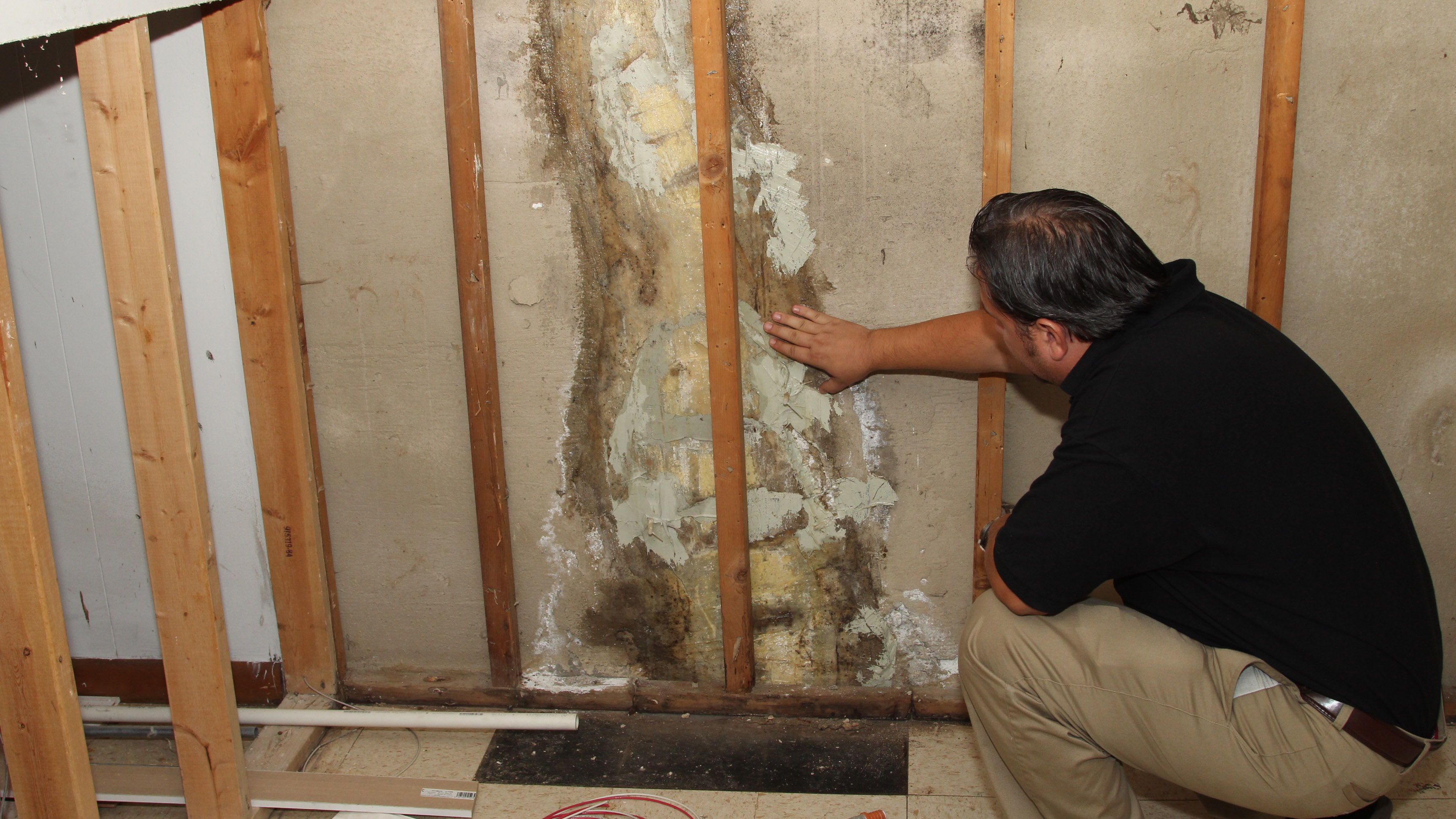
Water damage can be a homeowner's worst nightmare. Not only can it cause significant damage to your property, but it can also lead to costly repairs and potential health hazards if not dealt with promptly. In this ultimate guide, we will discuss the importance of water damage inspection, how to identify signs of water damage, and steps to take to protect your home and finances.
Why Water Damage Inspection is Important
Water damage can occur for various reasons, including leaks, burst pipes, flooding, or even high humidity levels. It is crucial to inspect your property regularly for signs of water damage to prevent further issues. Here are some reasons why water damage inspection is essential:
Prevent Mold Growth
- Water damage can create a conducive environment for mold growth, which can be hazardous to your health. Regular inspection can help identify and address water issues before they lead to mold infestations.
Preserve Property Value
- Water damage can significantly decrease the value of your property. By conducting regular inspections and addressing any issues promptly, you can maintain your home's value and prevent costly repairs in the future.
Signs of Water Damage
Identifying early signs of water damage can help you take immediate action to mitigate further damage. Here are some common signs of water damage to look out for:
Water Stains
- Yellow or brown water stains on walls, ceilings, or floors can indicate a leak or water damage.
Musty Odor
- A musty or damp smell in specific areas of your home can be a sign of hidden water damage.
Peeling Paint or Wallpaper
- Water damage can cause paint or wallpaper to peel, bubble, or crack due to moisture exposure.
Steps to Protect Your Home and Finances
Taking proactive measures to protect your home from water damage can save you time and money in the long run. Here are some steps you can take to safeguard your home and finances:
Regular Inspections
- Inspect your home regularly for signs of water damage, such as leaks, drips, or condensation.
- Check the plumbing system, roof, and basement for any potential water issues.
Maintain Proper Drainage
- Ensure that gutters and downspouts are clear of debris to prevent water from pooling around your home.
- Grade your yard away from the foundation to direct water away from the house.
Address Plumbing Leaks Promptly
- Fix any plumbing leaks as soon as they are detected to prevent water damage and mold growth.
- Monitor your water bill for any sudden increases, which can indicate a hidden leak.
Install a Sump Pump
- Consider installing a sump pump in your basement to prevent flooding during heavy rains or snowmelt.
- Ensure the sump pump is in good working condition and has a backup power source in case of an outage.
Use Water Detection Devices
- Invest in water detection devices that can alert you to potential water leaks or flooding in your home.
- Place these devices near water heaters, washing machines, and other appliances prone to leaks.
Conclusion
Water damage inspection is a crucial aspect of homeownership that can help protect your property and finances. By being proactive and vigilant in identifying and addressing water issues, you can prevent costly repairs and maintain the value of your home. Remember to conduct regular inspections, address any signs of water damage promptly, and take preventive measures to safeguard your home from potential water damage.
